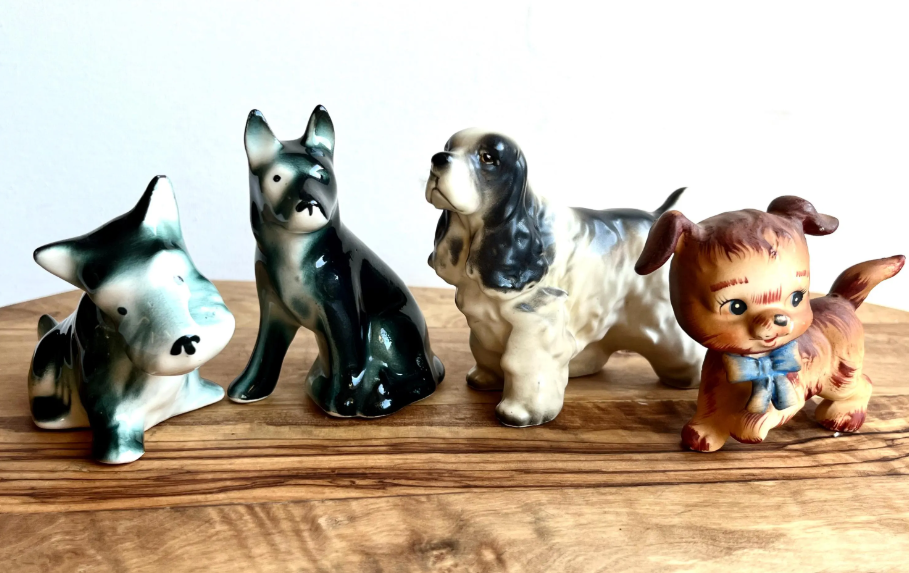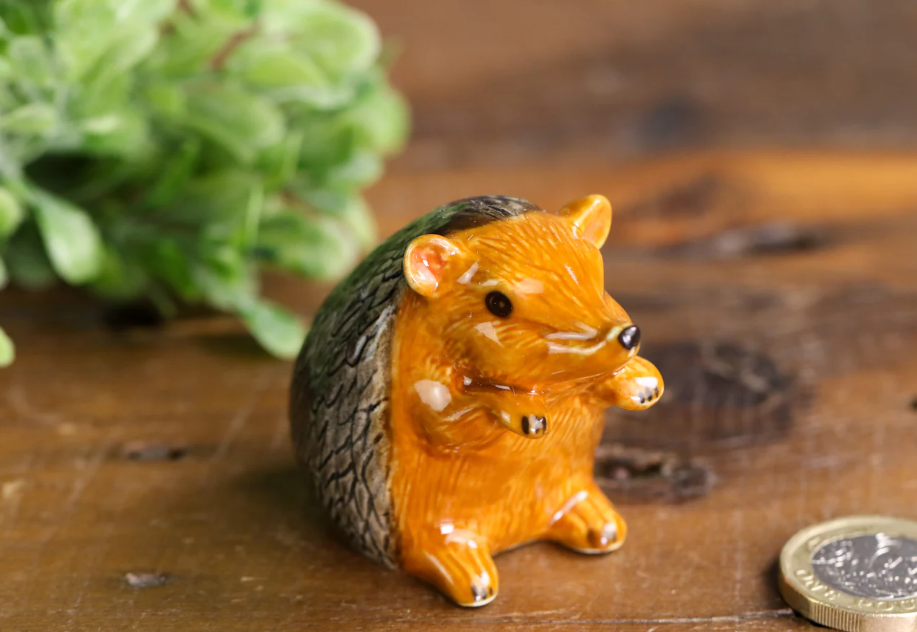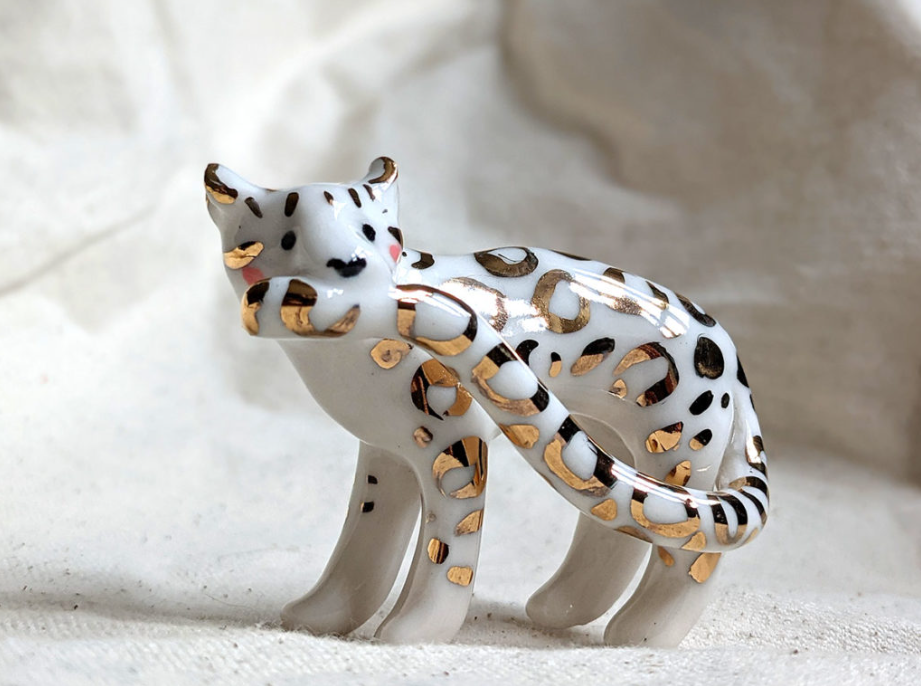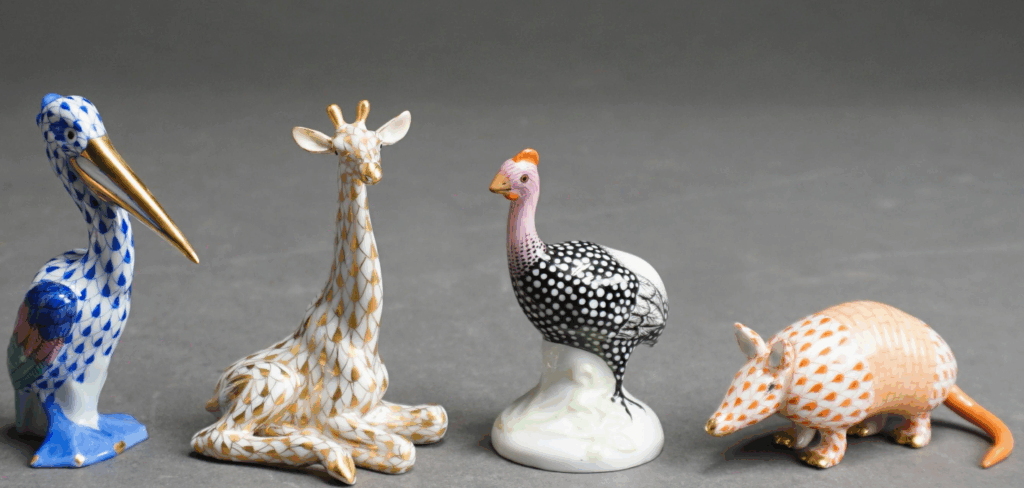There’s a particular joy in surrounding yourself with beautiful things that goes beyond display purposes. It’s the gentle, silent pleasure you feel every time you look at them. To most of us, collectable ceramics are the pinnacle of this joy, a synthesis of beauty and rich tradition.
Whether it’s the delicate curve of a porcelain teacup or the dramatic shape of a handmade vase, each ceramic piece embodies a moment in time. These aren’t merely objects. They are whispers of craft, culture, and artistry, silent witnesses to the hands that moulded them and the spaces they’ve touched. Starting a collection is a beautiful way to welcome that heritage into your life and add character and charm to your home.
Why Start a Ceramic Collection?

Put simply, ceramics offer a tangible intimacy with art. They’re sculptural, tactile, sometimes whimsical, sometimes austere, but always grounded in tradition. They aren’t only beautiful in terms of shape and function but also in the stories they carry.
Collecting ceramics is like entering an increasingly absorbing world. One day, you spend the afternoon at a country fair, flipping over a piece stamped Staffordshire, and feel the thrill of discovery. The next thing you know, you’re online, browsing an exquisite collection of high-quality collectable ceramics or visiting a local potter’s studio. When something happens to draw your eye immediately can often be a sign that this item was made with skill and intention.
This is a pastime in which taste comes before trend. You don’t have to be an academic to start; you only have to be curious. For some, it’s the nostalgia that drives the search. For others, it’s the investment. Some collector ceramics hold their value beautifully. And for most, it’s the beauty of glaze on clay, the play of light on form. Let us not forget: ceramics are of the earth. Formed by fire, kissed by time. There’s poetry in that.
There is romance, too, in the hunt. A collector can walk into a dusty antique store or a modern design fair and feel that unmistakable spark. Perhaps it’s an overlooked Art Nouveau bowl on a corner shelf or a minimalist Scandinavian piece that appears to hum with understated elegance. They’re adoptions rather than merely purchases.
Additionally, your collection grows with every purchase, surpassing the sum of its parts. It’s a portrait of your developing style, your interests, and your life journey.
What to Keep in Mind When Selecting Collectible Ceramics
What distinguishes the ordinary from the extraordinary? That’s the collector’s timeless question.
Quality and Craftsmanship
Examine each piece as if it were a small sculpture. A good glaze will be even and luminous, a sure sign of care and experience. Brushwork must be assured. Edges, handles, and bases tell us about attention to detail on the part of the maker. A fine piece will balance nicely in the hand.
The Maker’s Mark
British ceramics, in particular, have a tradition of backstamps, impressed information, and handwritten signatures. They are all valuable indicators of provenance. Once you’ve identified a name (say, Royal Crown Derby or Burleigh) you begin to understand lineage. You start seeing patterns, literal and figurative.
While textbooks and computer databases are great, the most rewarding information comes from time and experience. What starts as a hobby can quietly develop into expertise.
Themes and Aesthetics

Most collectors collect around a theme. Perhaps you are drawn to woodland animals, such as De Rosa’s mini collection, or in awe of the intricate colour of Anita Harris. Maybe studio pottery is your cup of tea – terracotta glazes and unglazed textures. Some collect by shape (ginger jars, cake stands), others by period (Victorian, mid-century). A theme gives cohesion and narrative to your collection as it develops.
Rarity
Rare pieces are considered more valuable. So, what is the rarest ceramic? That depends on market trends, but rarity typically comes in the form of limited series, artist-signed work, or pieces from now-closed studios. Think of the modern shapes created by Lucie Rie, influenced by European contemporary design and art, limited-run Satsuma vases, or the Qing dynasty’s Falangcai.
Investment
Another question that often pops up regarding collectables is what kind of ceramics sell best? Right now, there’s revived interest in studio pottery: hand-thrown, one-of-a-kind pieces that soften the boundary between object and art. Traditional British heritage names are still in demand. Look for authenticity, quality, and a captivating story. But above all, buy what stirs your heart.
How to Showcase Your Ceramic Collection
The joy of collecting is rivalled only by the pleasure of living with your pieces. A thoughtfully arranged shelf can be as stirring as a gallery wall. Here are some factors to consider when displaying your valuable ceramics collection.
Light and Shadow
Natural light brings out the subtlety of surface and glaze, although harsh direct sunlight will fade sensitive paints. Rich but indirect light is best. A spotlight in a vitrine can transform a humble bowl into a centrepiece.
Storage and Styling
Glass-fronted cabinets protect delicate items while allowing admiration. Open shelves are ideal for heavy, functional pieces. Mix height and scale to achieve rhythm; for example, pair a tall vase with a low jar. Odd numbers and layered textures make the eye linger.
Don’t be afraid of contrast. A minimalist studio piece beside a baroque platter? Yes. That contrast says your story.
Rotate and Refresh
Switch pieces with the seasons or with your mood. Allow spring to flow through your florals, or Christmas your lustres and golds. A collection can never remain stationary. It must change, even as your taste will.
Taking Care of Your Collection
If collecting is an act of devotion, then so is caring for your collection. Here’s how to make the best out of your collectables, so they keep their value over time.
Treat with Respect
Never lift by the handle. Cradle in both hands. Use only a lint-free cloth or a soft brush to dust them. Avoid using abrasives. Most hand-painted and vintage pieces are best kept out of the dishwasher. Warm water and mild soap will do.
Store Thoughtfully
Wrap stored items in acid-free tissue, and never stack without protective layers between. Even the finest glaze can scratch.
Mind the Elements
Store ceramics in stable conditions: away from radiators, dampness, or sudden temperature changes. Such changes can cause crazing or hairline cracks. Care, like collecting, is about attention. The more you notice, the more you value.
Final Thoughts: Begin with a Single Beautiful Piece

Start small. A single teacup. A jug that has been hand-painted. Something that brings a quiet delight each time you pass by it. Let that be the seed.
Soon you’ll be searching for hallmarks in the stalls at boot fairs, browsing auction catalogues, and rearranging your mantle to accommodate your latest find. And that, indeed, is the magic of collectible ceramics: every piece a personal link with beauty, with the past, with the timelessness of the human impulse to create something beautiful from the earth.

